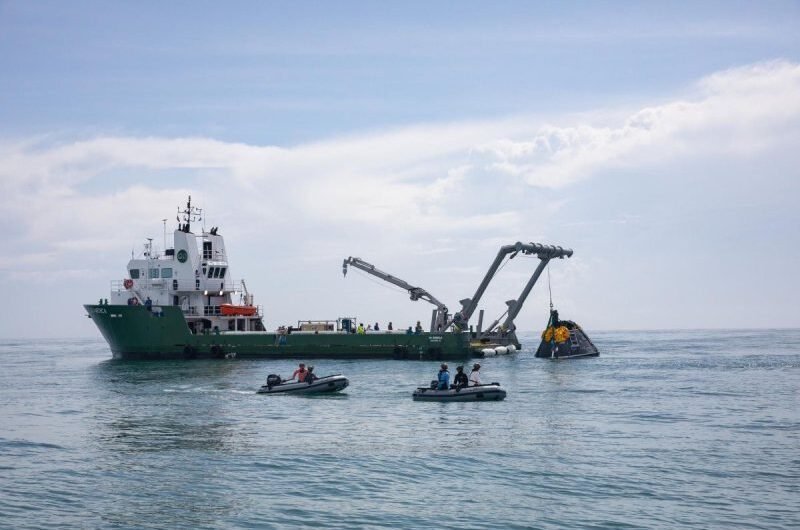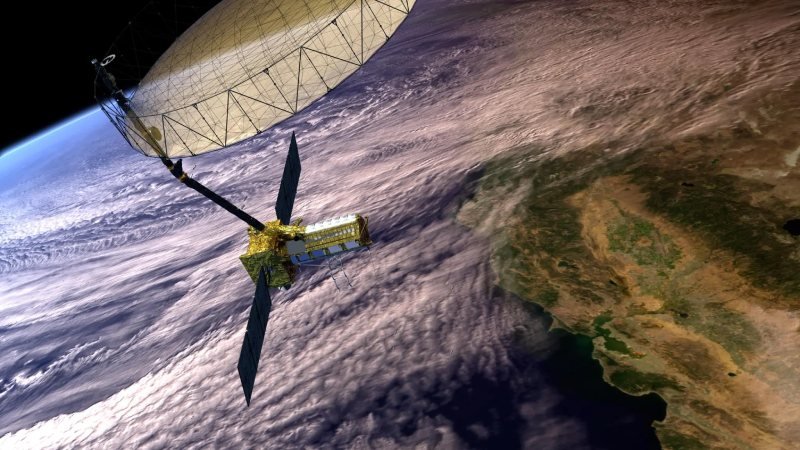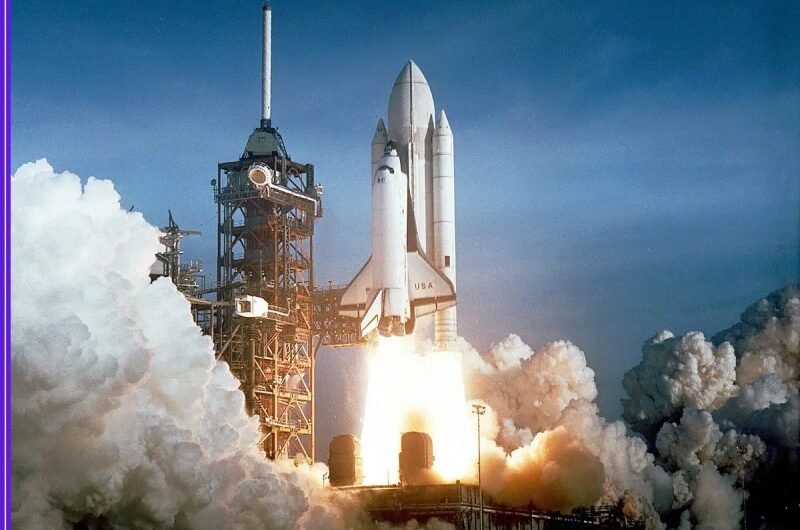A private company has once again launched a lunar lander, setting its sights on the moon’s south pole with an ambitious mission that includes a drone designed to explore a crater shrouded in perpetual darkness. The Texas-based company, Intuitive Machines, sent its lander, named Athena, into space aboard a SpaceX rocket from NASA’s Kennedy Space Center on Wednesday, February 26, 2025. This mission is on a rapid trajectory, aiming to land on March 6, with hopes of achieving a smoother touchdown than its predecessor, which had an unfortunate tip-over upon landing.
This latest attempt is part of a growing wave of spacecraft targeting the moon simultaneously. Just last month, landers from both U.S. and Japanese companies launched together, marking an increase in lunar exploration activity. Firefly Aerospace, another Texas-based company, is poised to reach the moon first this weekend due to an earlier launch. The two American landers are carrying NASA-funded experiments valued at tens of millions of dollars, as the agency continues preparations for future human missions to the moon. NASA’s science mission chief, Nicky Fox, described the moment as an exciting era filled with enthusiasm and energy in lunar exploration.
This mission is not Intuitive Machines’ first foray into lunar landings. Last year, the company successfully delivered the first U.S. spacecraft to the moon in over 50 years, though a technical issue led to an awkward touchdown. The lander came down too hard due to a malfunctioning distance-measuring instrument, resulting in a broken leg and a sideways position. Since then, the company has worked to resolve the problem along with several other improvements to ensure a more stable landing this time. A repeat of the previous mishap would prevent crucial components from functioning, including NASA’s drill, which needs an upright position to collect lunar soil samples.
Over the years, only five countries-Russia, the U.S., China, India, and Japan-have successfully landed on the moon, while many other missions have ended in failure, leaving debris scattered across the lunar surface. Athena, standing at 15 feet (4.7 meters) tall, is aiming for a site roughly 100 miles (160 kilometers) from the moon’s south pole. Close to the landing zone, just a quarter-mile (400 meters) away, lies a shadowy crater that serves as the primary objective for the drone, named Grace.
This three-foot (one-meter) drone, named in honor of computing pioneer Grace Hopper, is designed to conduct a series of hops across the moon’s surface using hydrazine thrusters, cameras, and lasers for navigation. It will begin with shorter jumps before making its final leap into the crater, which is estimated to be 65 feet (20 meters) deep. Scientific instruments from Hungary and Germany will analyze conditions within the crater, searching for frozen water. If successful, this will mark the first close-up study of these permanently shadowed craters, believed to contain significant ice deposits. Such a discovery could have profound implications for future space exploration, as lunar ice could be processed into drinking water, breathable air, and even rocket fuel.
NASA has invested $62 million in Intuitive Machines to transport its scientific payloads, while the company has also sold space aboard the lander to other organizations. Additionally, the Falcon rocket carried multiple secondary payloads, including NASA’s Lunar Trailblazer satellite, which will spend the coming months traveling toward the moon before entering orbit to map subsurface water. Another private spacecraft onboard is set to pursue an asteroid for a close encounter, serving as a preliminary step toward future asteroid mining endeavors.
Topics #Athena #drone Grace #Earth #Intuitive Machines #lunar lander #Moon #news #PLANET #solar system #South Pole of Moon #space #Universe











